
CreativeExplorer-MichaelMandaville.com
I work in Film. I live in Martial Arts. I thrive in Imagination.
WHY I LIKE THIS VIDEO: Kurosawa was a master filmmaker, relying on image to convey his emotions. How he captures emotions with this imagery is conceptually brilliant. I could watch this video a hundred times and always learn more.
Featured Video or Article

Brainstorming the How: Pursuing Knowledge
Curiousity.
1 : desire to know:
b: interest leading to inquiry
intellectual curiosity e.g. Her natural curiosity led her to ask more questions.
Curiosity is one of the great gifts to have and one of the great skills to cultivate.
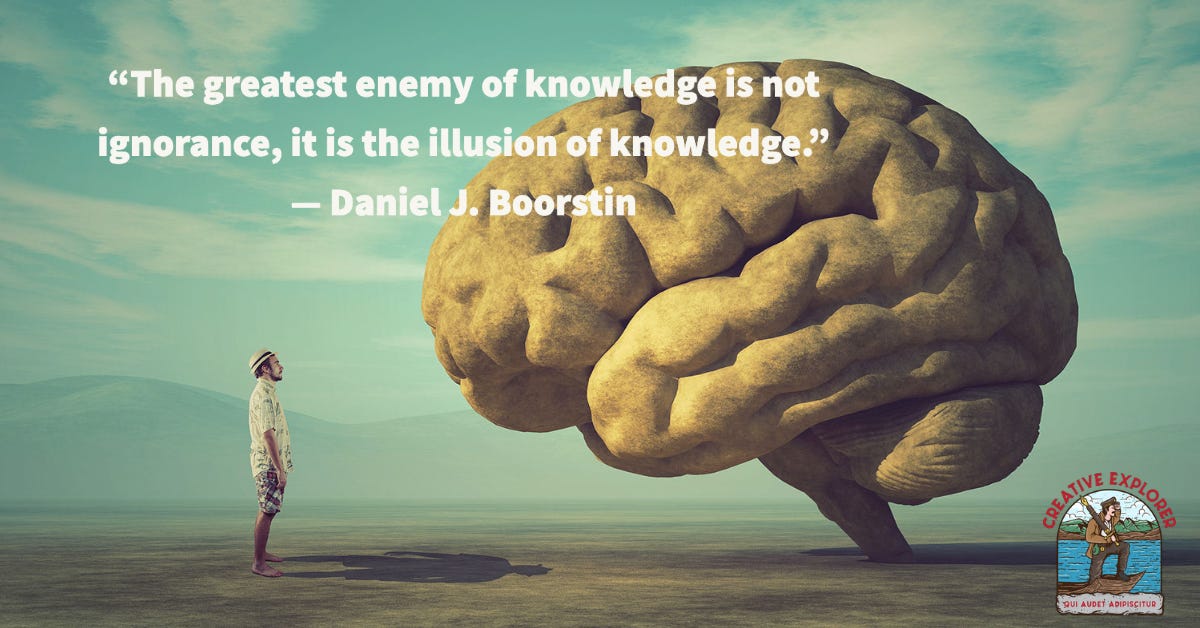
Starting with Great Questions
A friend of mine told me about author and Librarian of Congress Daniel Boorstin’s great books, particularly “The Creators” and “The Discoverers.” In the “Creators”, he discusses how human beings created concepts for Time and Space. We take this for granted, or I did, because Time is such a familiar concept – yet one that we are all ‘fighting’, ‘taking’, ‘wasting’, ‘killing’ or ‘enjoying’.
Boorstin noted that there were sundials and then water clocks (cloudy days!) of stunning technology and accuracy.
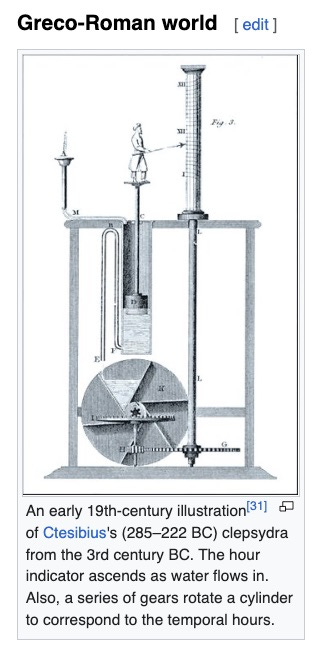
The concept of adhering to and using the ‘hour’ on the clock was when the Dutch, with their massive system of waterways for travel, would have multiple boats leave for a destination from morning to noon. Not just ‘the morning boat’ - a reason why a clock in a town square was central to merchants, city officials and now the average traveler. I had no knowledge in how humans conceptualized, created and chased the knowledge and concept of Time. I tended to take ‘time’ for granted in how the human mind grasped Time and then attempted to organize time.
Boorstin did this: He asked the Unasked Questions and Sought Answers.
Creating Depth of Understanding
In learning martial arts, I met Mr. Parker, the Founder and Grandmaster of the Kenpo Karate system. He would have loved Boorstin’s books having himself written the signature books on martial arts. Both men have and had enormous curiosity to explain their world and perspective.
Mr. Parker was an innovator, bringing Kenpo Karate and martial arts to a much wider audience and a much wider media appeal through his use of TV and media personalities. But he was a man who did not rely on tradition but kept tradition and added innovation.
The Legacy of Ed Parker: “Father of American Kenpo”
Ed Parker was a creative businessman who helped many martial artists open their own dojos. He was also a legend in Hollywood, having trained several stunt men and celebrities, including Elvis Presley, to whom he eventually awarded a first-degree black belt in Kenpo. Parker’s impact on the martial arts world can still be felt today. He left behind a few world-renowned grand masters, including Bob White, Richard "Huk" Planas, and Frank Trejo, who ran a school in California prior to his death.
Parker also helped Bruce Lee gain national attention by introducing him at his International Karate Championships. In addition, he served as one of Elvis Presley's bodyguards during the singer's final years.
But Parker’s greatest contribution to martial arts is undoubtedly his creation of American Kenpo. He is fondly referred to as the "Father of American Kenpo" and is formally known as Senior Grand Master. His legacy lives on in the countless martial artists who continue to train and teach his techniques.
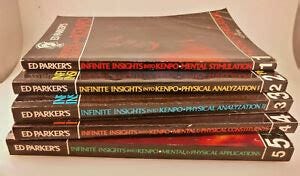
In days when there were no cell phones, answering machines, computers and digital photography, Parker created five stellar books defining principles of martial arts. They werecalled “Infinite Insights Volumes 1 to 5”
Parker did this: He wrote down the principles of martial arts to clarify, understand and teach.
Learn and Teach Others
The Master is the one who can learn material but then teach the material in numerous ways to help the student to learn. Each student may learn differently - sight, sounds, touch (kinesthesia), etc., The true Master will learn all these methods to teach, but the benefit to the master is that they have learned the same material many different ways.
When a friend asked me about how he should make such a pursuit of knowledge. Here’s my list:
Read books and journals on topics
Follow experts to provide up-to-date insights. Make sure they are real unbiased experts.
Ask questions and test understanding with peers
Take courses on the subject.
Participate in debates, discussion groups, and forums for altering perspectives on the topic.
Embrace situations to encounter new information, maybe lectures and conferences or traveling to a new place with a varied cultural background.
Compare sources and double-check your facts to ensure accuracy of information gathered from multiple sources.
Ponder over actual learning rather than memorizing facts; Create connections between concepts for deeper understanding
Boorstin said: "Ideas need no passports from their place of origin, nor visas for the countries they enter ... We, the librarians of the world, are servants of an indivisible world ... Books and ideas make a boundless world."
That is how we together make a better world of understanding.
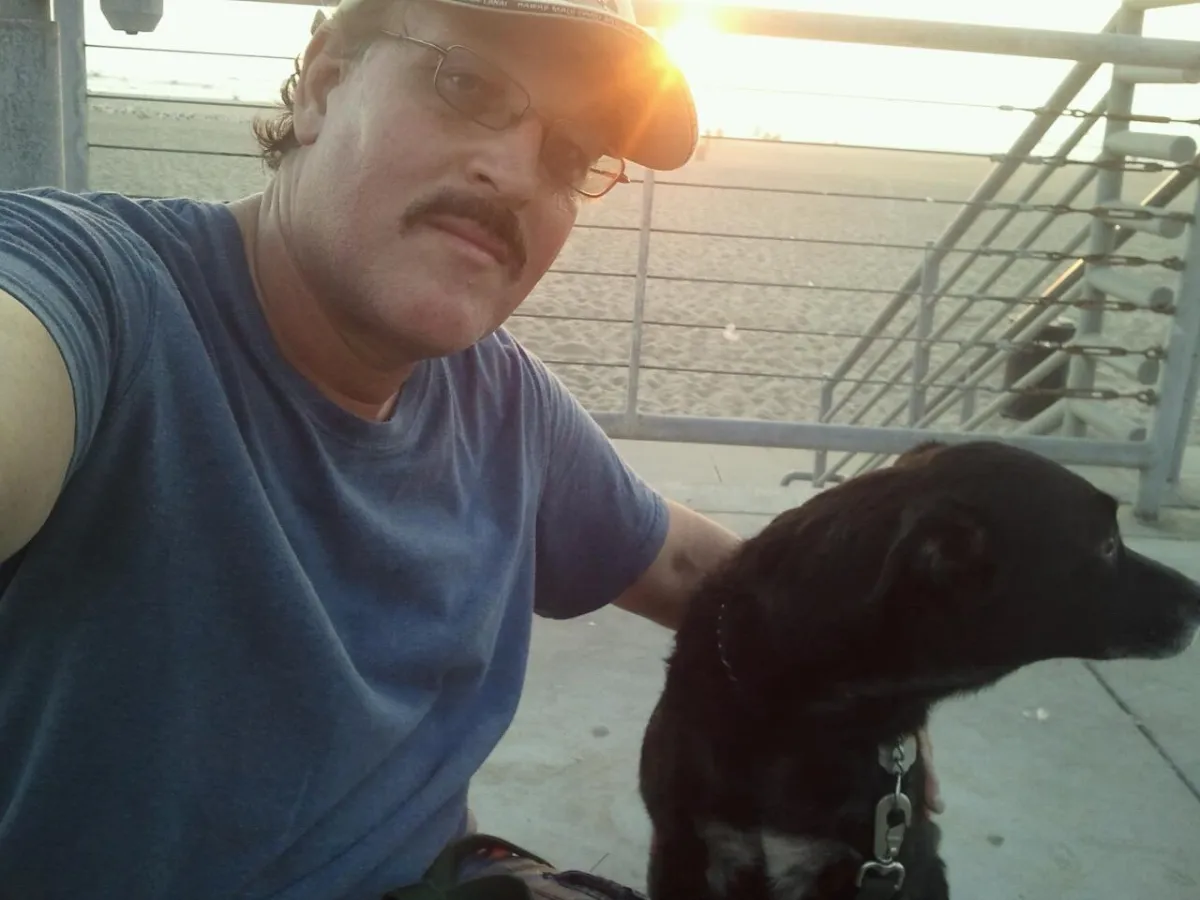
Did You Know...
... if you improve 1/2% each day, then you will be 267% better over one year? Who can compete with that?
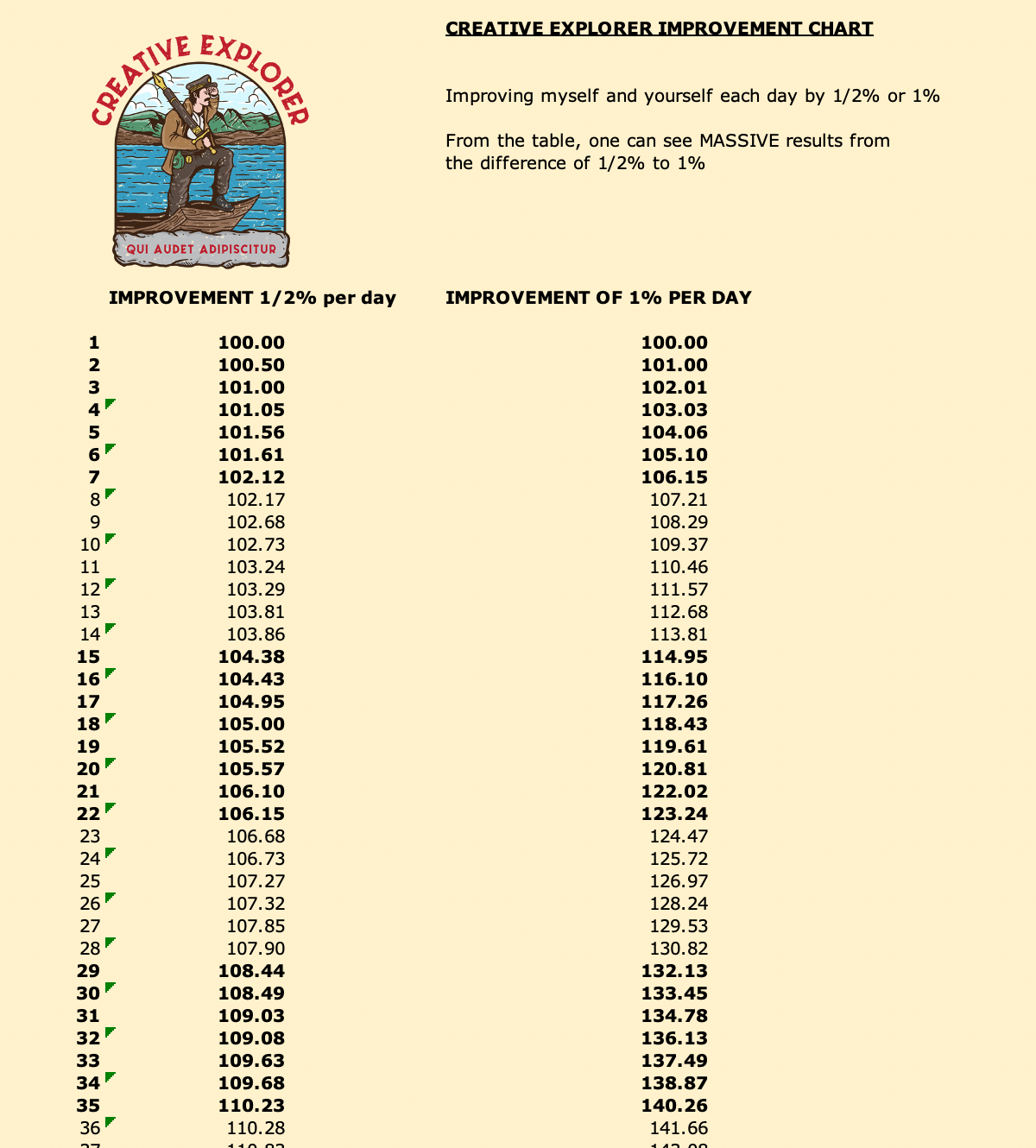
Setting Yourself Up for Success usually doesn't mean one big jump but rather incremental change day after day. Think of it like a ocean wave, moving far out in the Pacific with almost an undetectable push...finally with the power and grace of an ocean wave onto the beach. Create your own metaphor to embrace small habits with a huge future impact.

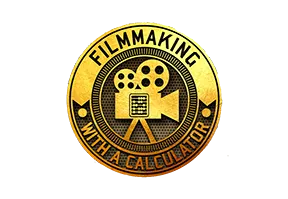
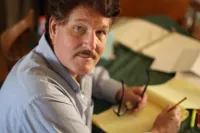
Facebook
Instagram
X
LinkedIn
Youtube
Website